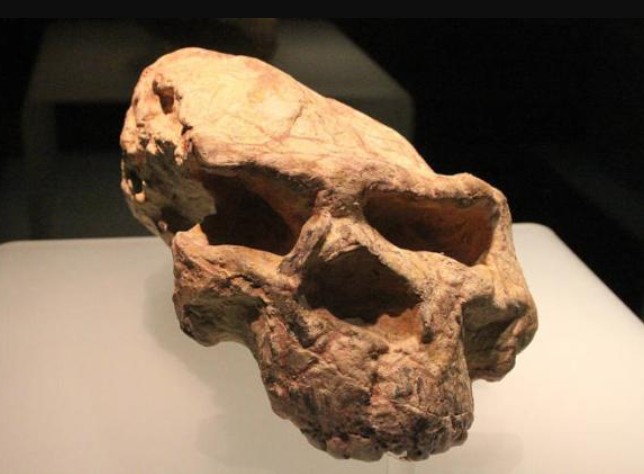Million-Year-Old Human Skull Challenges Long-Held Origins Theory
A million- time-old mortal cranium exhumed in central China is shaking the foundations of mortal evolutionary wisdom, intimating that the roots of ultramodern humans may stretch far deeper in time and maybe beyond Africa.
The reactionary, known as Yunxian 2, was first discovered in the Hubei fiefdom in 1990, but its crushed and distorted form left experimenters puzzled for decades.
Firstly labelled Homo erectus, the species long allowed to be a direct ancestor of ultramodern humans, the cranium has now been re-examined using advanced digital reconstruction methods. The results are startling.
Scientists now believe the reactionary may belong to Homo longi, the so-called “dragon man”, a mysterious lineage nearly tied to the fugitive Denisovans.
SCIENTISTS ARE IN SHOCK today after the discovery of a million-year-old early human skull in China.
The finding of the Homo longi (“dragon man”) skull in China will force a re-examination of the long-held belief that humanity originated from Africa.
Homo longi had some Homo… pic.twitter.com/RLqI6zSj1h
— Nury Vittachi (@NuryVittachi) September 26, 2025
However, this would rewrite a crucial chapter of mortal history, pushing back the timeline for the emergence of Homo sapiens by hundreds of thousands of years and suggesting that the first ultramodern humans may have arisen in Asia rather than Africa, if correct.
Prof Chris Stringer, research leader in human evolution at London’s Natural History Museum, said: “This changes a lot of thinking because it suggests that by one million years ago our ancestors had already split into distinct groups, pointing to a much earlier and more complex human evolutionary split than previously believed. It more or less doubles the time of origin of Homo sapiens.”
The repaired cranium reveals a broad, thickset braincase and a pronounced lower jaw, features evocative of Homo erectus. Yet, crucial details of the brain size and dental structure point unmistakably towards Homo longi.
This subtle but pivotal shift places the reactionary near the very branch point where ultramodern humans, Neanderthals, and Denisovans began to diverge.
“This fossil is the closest we’ve got to the ancestor of all those groups,” Stringer added.
To achieve this advance, experimenters used cutting-edge- edge CT scanning, high-resolution face mapping, and sophisticated 3D modelling, nearly restoring the cranium to its original form.
Their findings push the split between Homo sapiens and other ancient humans back by at least 400,000 years, an adaptation that could dramatically alter our understanding of mortal origins.
Not all experts are convinced. Dr Frido Welker, an associate professor in human evolution at the University of Copenhagen, welcomed the reconstruction but urged caution.
“It’s exciting to have a digital reconstruction of this important cranium available. If confirmed by additional fossils and genetic evidence, the divergence dating would be surprising indeed.
Alternatively, molecular data from the specimen itself could provide insights confirming or disproving the authors’ morphological hypothesis.”
This debate cuts to the heart of a long-standing mystery scientists call the “muddle in the middle”—a confusing evolutionary gap between one million and 300,000 years ago. The Yunxian skull may be the key to unlocking that puzzle.
For now, one thing is clear: this million-year-old reactionary is forcing scientists to review not only when ultramodern humans surfaced, but where.






